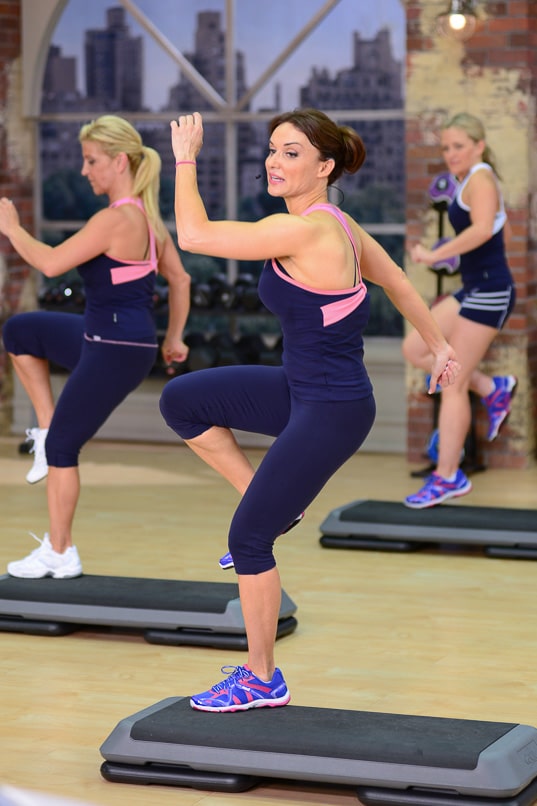
Exercise and Cartilage Health
Movement actually plays an important role in maintaining cartilage health. Cartilage lacks blood vessels to supply it with nutrients. The way it gets its much-needed nutrients is from synovial fluid, the fluid that lubricates the joint cavity. When a joint moves through its full range of motion, the change in pressure inside the joint cavity delivers nutrients to cartilage from synovial fluid. In fact, not moving around is one of the worst things you can do because it reduces this nutrient delivery.
Animal studies show that exercise, such as running on a treadmill at a moderate intensity often believed to be “bad for your joints” actually causes thickening of cartilage rather than cartilage loss, even when the animals wore weighted vests. On the other hand, moderation may be key since there is some evidence that more intense, high-impact exercise over long periods of time may cause some degree of cartilage thinning.
A twenty-year study conducted by Stanford University on distance runners found that runners’ knees were healthier and less arthritic than the control group that didn’t run on a regular basis
A study by Skeletal Radiology on Marathon runners over a ten year period found no new knee damage and concluded that running might even be beneficial to knee joints. As with most things, moderation is key.
Moderate amounts of exercise even at middle-age and older seems to benefit cartilage health. One study looked at how exercise impacted cartilage health in 167 middle-aged and older women. These women participated in an aerobic exercise program every other day for 20 minutes or more. In this study, regular exercise actually increased cartilage volume in the medial tibia as confirmed by MRI. Weight-bearing and moving joints through their full range of motion are important for healthy joint cartilage in humans and animals.
Another Way Exercise Impacts Cartilage Health
Exercise improves muscle and bone health and that helps to keep joints healthy. Strong muscles help to absorb shock, doing some of the work that cartilage does. This reduces the amount of stress on cartilage and helps to preserve it. Some studies show that resistance training improves pain and stiffness in people who suffer from osteoarthritis, a disease characterized by loss of cartilage.
Exercise also helps to prevent obesity, a major risk factor for cartilage loss and osteoarthritis. Carrying around too much body weight exposes joints to greater shock. This forces cartilage to work overtime to absorb the extra shock. Combine that with weak muscles from lack of exercise and the risk of cartilage loss and osteoarthritis goes up substantially. An active lifestyle may reduce the risk of osteoarthritis.
Recovery Time is Important Too
Exercise in moderation is important for cartilage health – movement helps to deliver nutrients to cartilage to keep it healthy, and strong muscles help absorb shock, taking some of the burdens off of the cartilage. Recovery time is also vital. Chronic, high-impact stress on joints without adequate recovery time can be detrimental to joint and cartilage health.
If you’re at risk for osteoarthritis due to family history, frequent high-impact exercise or exercise that involves rapid twists and turns may accelerate cartilage loss. In this case, it’s better to alternate higher impact exercise with low impact workouts, like my Low Impact series, and focus on resistance training to strengthen muscles to help with shock absorption. Some strength training workouts I suggest are my STS workouts and XTrain Chest, Back, Shoulders, Xtrain Bi’s & Tri’s and Xtrain Burn Sets.
Add variety to your workouts by doing a diversity of high and low impact workouts. Choose exercise shoes that absorb some of the shock your joints are exposed to with high-impact exercise.
Talk to your doctor if you already have osteoarthritis or joint problems before doing high-impact workouts. Even if you already have cartilage loss or osteoarthritis, there are still workouts you can do safely. Moderate amounts of exercise can have a positive impact on cartilage and joint health.
References:
Menopause. 2007 Sep-Oct;14(5):830-4.
BMC Geriatrics.January 2009, 9:1.
Essentials of Strength Training and Conditioning. Second edition. Baechle and Earle. (2000)
Related Articles By Cathe:
Is Exercise the Key to Joint Health?
Weight Training and Shoulder Injuries: The Importance of Strengthening Your Rotator Cuff

